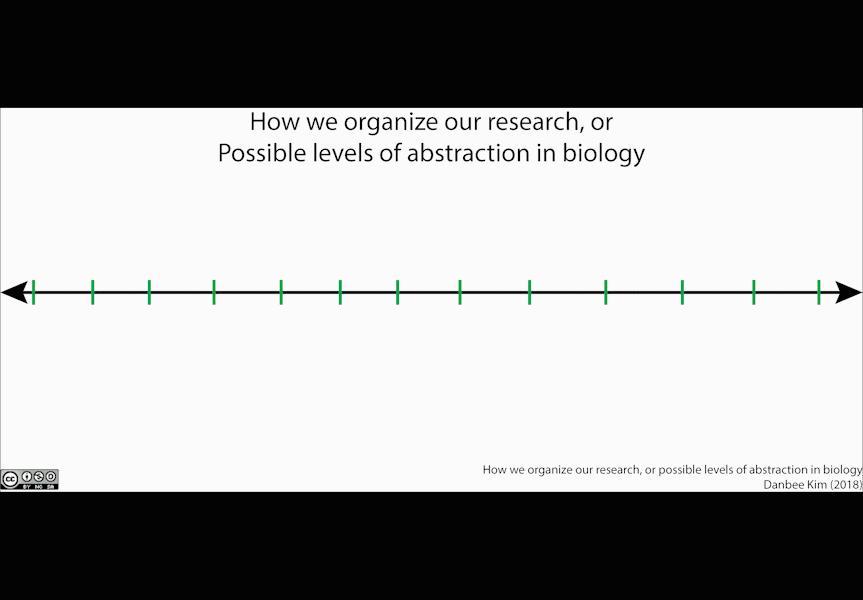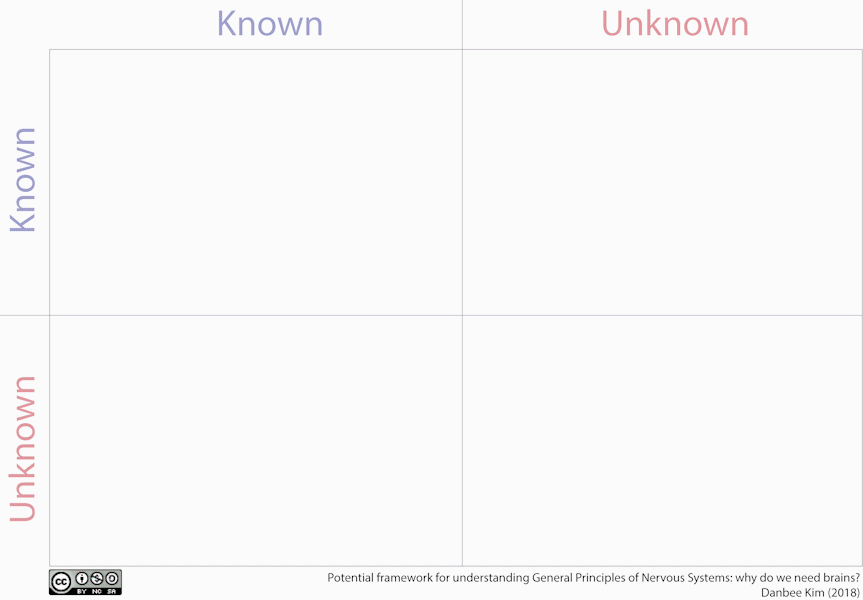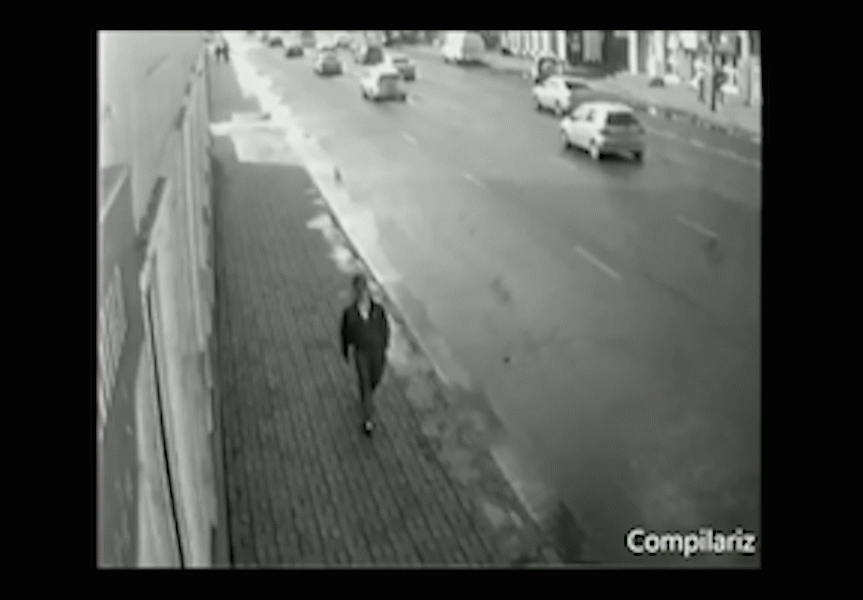Theoretical Puzzle Pieces for Neuroscience
I’ve been trying to make my own graphics to explain some of the theoretical frameworks I’m developing, with the goal of eventually building a framework of general principles for nervous systems. Below are some “theoretical puzzle pieces” that I’ve drawn in order to help me explain the organization of my thoughts.
Levels of Abstraction in Biology

This graphic applies the idea of levels of abstraction (from computer science, math, and physics) to our understanding of structural levels in biology. I wanted to map out why neuroscience struggles so much to connect neural activity to natural behaviours, and so I thought it might be helpful to explicitly lay out what I imagine to be the levels of emergence between neurons and behaviour, which, in neuroscience, is most commonly defined and measured at the organismal level.

How we organize our research, or Possible levels of abstraction in biology by Danbee Kim is licensed under a Creative Commons Attribution-NonCommercial-ShareAlike 4.0 International License.
Permissions beyond the scope of this license may be available at danbeekim.org.
Knowns and Unknowns: Potential framework for understanding General Principles of Nervous Systems

The idea for this chart came from the 2013 documentary about Donald Rumsfeld, called ‘The Unknown Known’. Rumsfeld used these terms to refer to international security and the political definition of ‘intelligence’, but the multi-faceted use of the word ‘intelligence’ got me thinking about how these terms might apply to biological intelligent systems. Each quadrant details the tools that we use to deal with that kind of situation – for example, when dealing with ‘Known Knowns’, we’ve developed step-by-step instructions such as standard operating procedures or recipes to transfer knowledge about ‘known knowns’. In the ‘unknown knowns’ quadrant, a ‘Rapid Psychomotor Response’ (RPR) is an action or set of actions that one has never done before, which takes into account everything one knows about one’s context and about one’s abilities. RPRs do not have a standard trigger and can look completely different each time they manifest. This is in contrast to a reflex, which is the same action or set of actions triggered by a known, standard event. See below for examples of RPRs.

Potential framework for understanding General Principles of Nervous Systems: why do we need brains? by Danbee Kim is licensed under a Creative Commons Attribution-NonCommercial-ShareAlike 4.0 International License.
Permissions beyond the scope of this license may be available at danbeekim.org.
More thoughts on these graphics to come.
Rapid Psychomotor Response (RPR)
A skier activates their RPR in order to escape an avalanche:
A person walking down the street activates an RPR in order to avoid getting hit by a car. Notice how 1) the person never stops walking, and 2) they only go as far into the street as they need to in order to avoid the car, because they know that there is still traffic further out in the street.

A CCTV camera catches a person deploying a Rapid Psychomotor Response, triggered by a car unexpectedly driving onto the sidewalk.
A family is hiking along a cliff, when suddenly one of the kids slips and almost falls off the cliff. The dad walking behind her deploys an RPR to grab his daughter and prevent her fall, all while wearing flip flops and with another child on his shoulders, in a completely unfamiliar and new environment.

Video credit to YouTube account HaasAdventures.

Leave a Comment